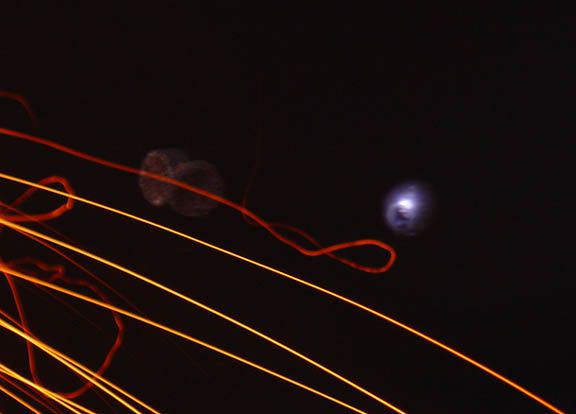- Joined
- Jan 3, 2013
- Messages
- 20,091
- Reaction score
- 1,025
"Knowing Physics, I'm pretty sure "compressed air" has to have something to be forced against in order to become compressed...not an open empty pipe."
Then how do you explain Bernoulli’s theory?
Then how do you explain Bernoulli’s theory?









